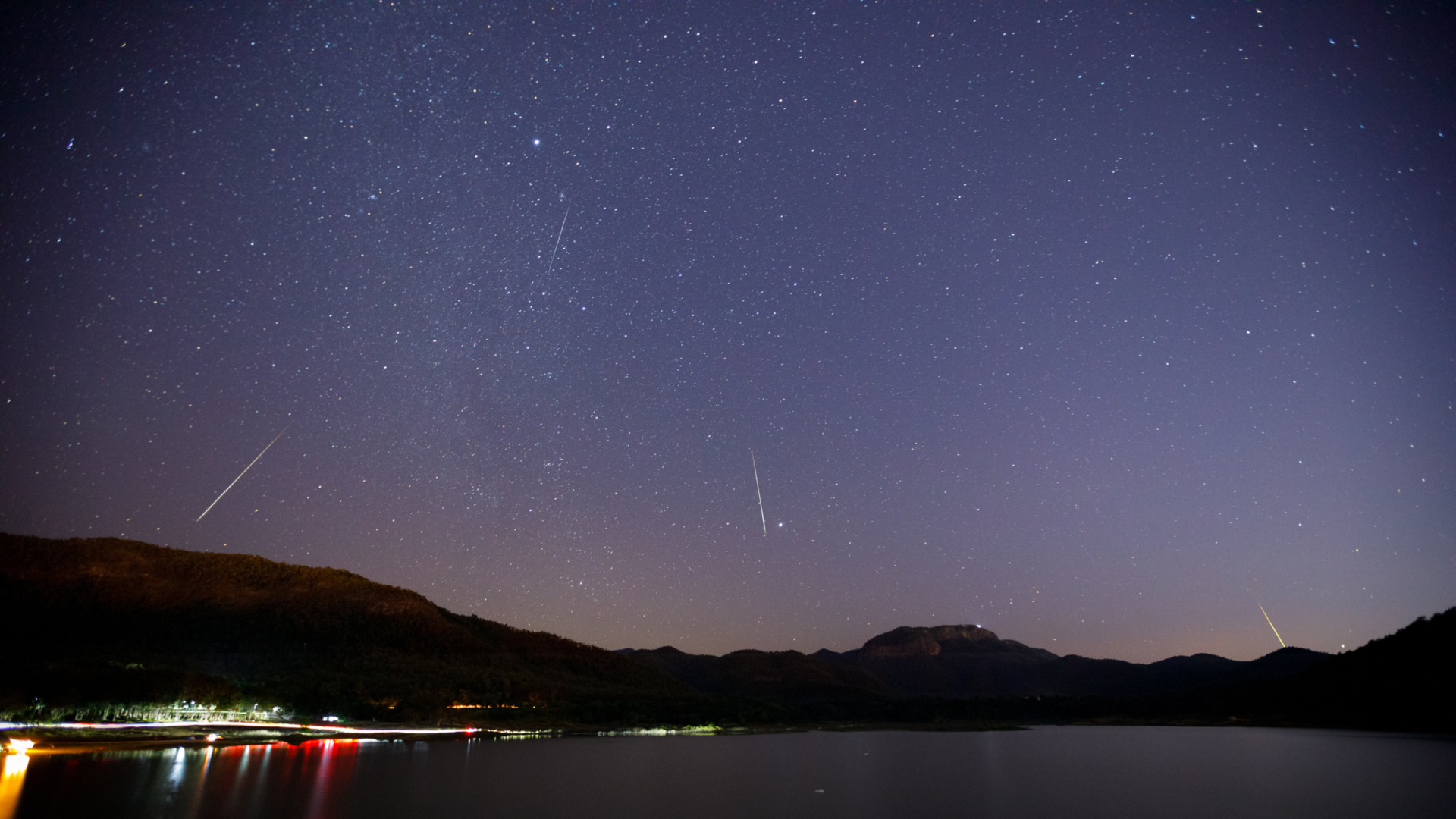Gold-Prospecting Astronomers Trawl Universe's Oldest Stars
There's gold in the ancient stars!

Astronomers are on the hunt for traces of gold on the surfaces of some of the oldest stars in the universe in order to find the origins of heavy metals in the cosmos.
A new study uses numerical simulations of star formation in galaxies dating all the way back to the Big Bang to unlock the mystery behind the creation of heavy elements. Those include gold, platinum, uranium and plutonium.
"To get to the foundation of the creation of the elements, you need to know how many stars were formed," Benoit Côté, a researcher from the Joint Institute for Nuclear Astrophysics-Center for the Evolution of the Elements at Michigan State University and lead author of the study, told Space.com.
Related: Heavy Elements Key for Planet Formation
The current study draws on a 2017 discovery that merging neutron stars, or the collapsed cores of giant stars, created the universe's heavy elements. However, the researchers in the new study are now wondering whether neutron star mergers are the only source of gold and platinum.
A previous study by the same team of researchers from the new study concluded that neutron stars were not the only source of heavy elements. That study found that those mergers alone could not account for all the elements created through the r-process, or the set of nuclear reactions that creates atomic nuclei for the heavy elements.
Côté said he first became interested in this area of research because the origins of heavy metals weren't clear. "Following [the 2017 study on merging neutron stars], we started to work on figuring out what that actually meant," Côté said, "and how those elements evolved across cosmic times."
Breaking space news, the latest updates on rocket launches, skywatching events and more!
In addition to creating the simulations, the team in the new study observed the surfaces of old stars to measure their chemical compositions, hoping to find traces of gold and other heavy elements that formed in the early universe — a field of study known as "galactic archaeology."
"We're working on different pieces of the puzzle and combining different [areas of] expertise," said Côté.
The study is a collaboration between the Konkoly Observatory in Hungary and the Joint Institute for Nuclear Astrophysics-Center for the Evolution of the Elements. Côté is presenting the team's research at the Canadian Astronomical Society meeting in Montreal this week, and the corresponding papers were published in The Astrophysical Journal.
- Ancient Neutron Star-Collision Produced Enough Gold and Uranium to Fill Earth's Oceans
- How Gravitational Waves Led Astronomers to Neutron Star Gold
- Neutron-Star Collision Reveals Origin of Gold, Astronomers Say
Follow Passant Rabie @passantrabie. Follow us on Twitter @Spacedotcom and on Facebook.

Passant Rabie is an award-winning journalist from Cairo, Egypt. Rabie moved to New York to pursue a master's degree in science journalism at New York University. She developed a strong passion for all things space, and guiding readers through the mysteries of the local universe. Rabie covers ongoing missions to distant planets and beyond, and breaks down recent discoveries in the world of astrophysics and the latest in ongoing space news. Prior to moving to New York, she spent years writing for independent media outlets across the Middle East and aims to produce accurate coverage of science stories within a regional context.
